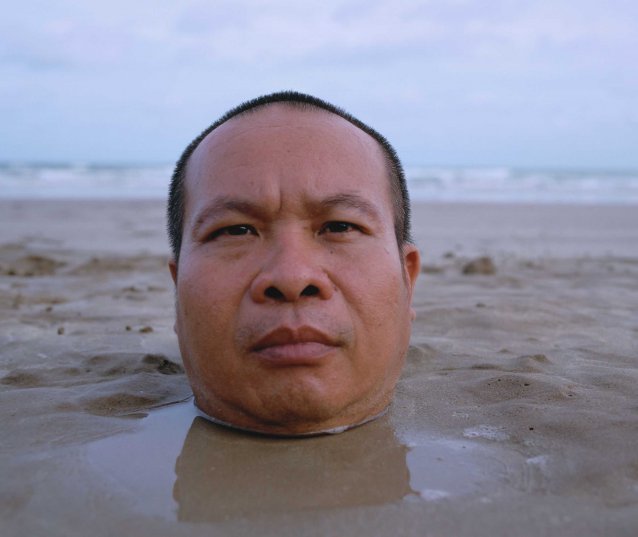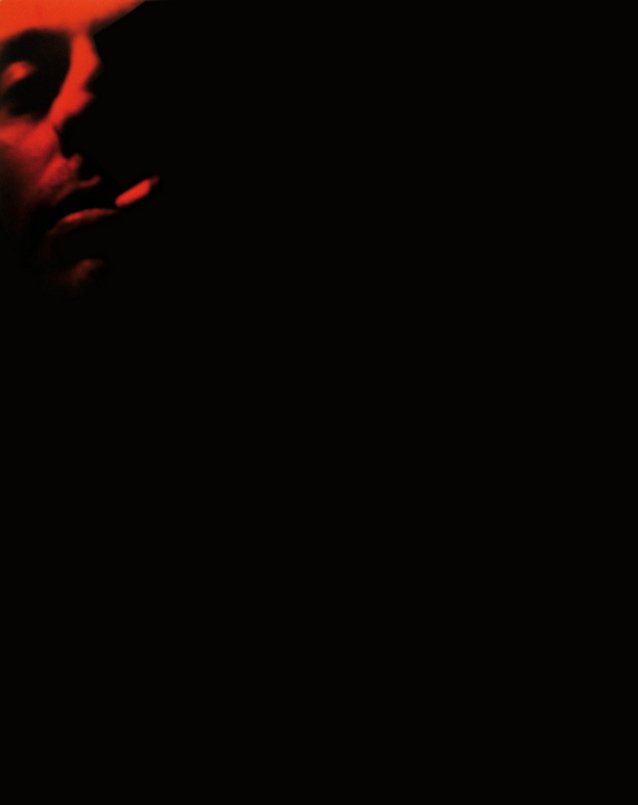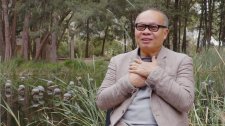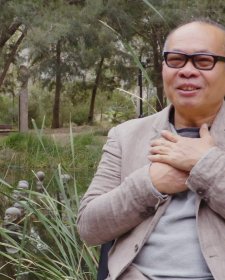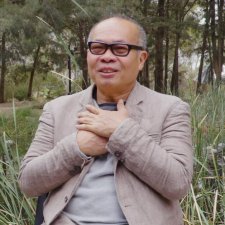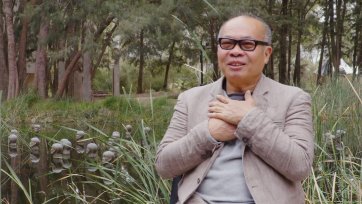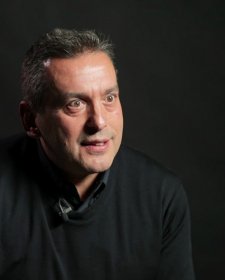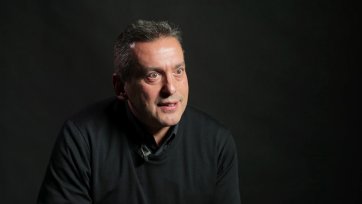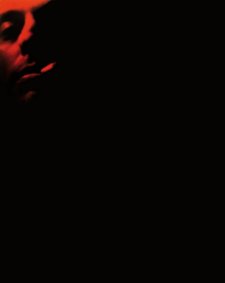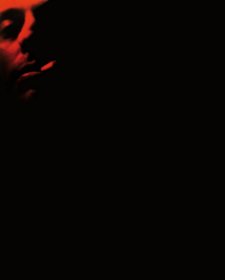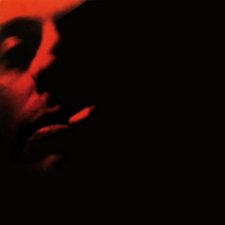Read
‘I wanted to give voice to how frustrating, how tortuous the straightjacket of conforming sexuality and gender could be, regardless of whether the norms applied were patriarchal or feminist, heterosexual or gay.’ This is Christos Tsiolkas reflecting on his first novel Loaded (1995) in a recent interview with Michael Williams in Meanjin journal.
Read the full Portrait article Intense Identity by Christopher Chapman.
Solo Activity
The portraits of Christanto and Tsiolkas draw on the use of colour, pose, environment and placement to reference their personal histories. Using photography, let’s think about putting the personal into portraits.
You will need: a camera or tablet or smartphone (some means of taking a photo), a mirror, and an object that relates to a story from your life or your heritage.
- Position yourself in front of the mirror so that your face and the object are both reflected.
- Take three photographs of the reflection in the mirror telling three different stories of you and that object – one expressing regret, one expressing nostalgia and one expressing affection.
- Notice what movement and visual relationship you have chosen in order to demonstrate these different relationships with the object, and reflect on which is closest to your true relationship with that object.
- Now take one final photograph of you and the object that captures the real significance of that object to your life story or heritage.
Connected activity
This is a game of deception and storytelling, as well as an opportunity to learn something about a friend that you didn’t already know. Any number of people can play and it will work over the phone, video chat, or with someone in your household.
- Take turns. Tell three tales (one about yourself, one about someone else and one that is entirely made up).
- Let others guess which is which. Whoever guesses correctly, or successfully deceives the other players, is the winner.
